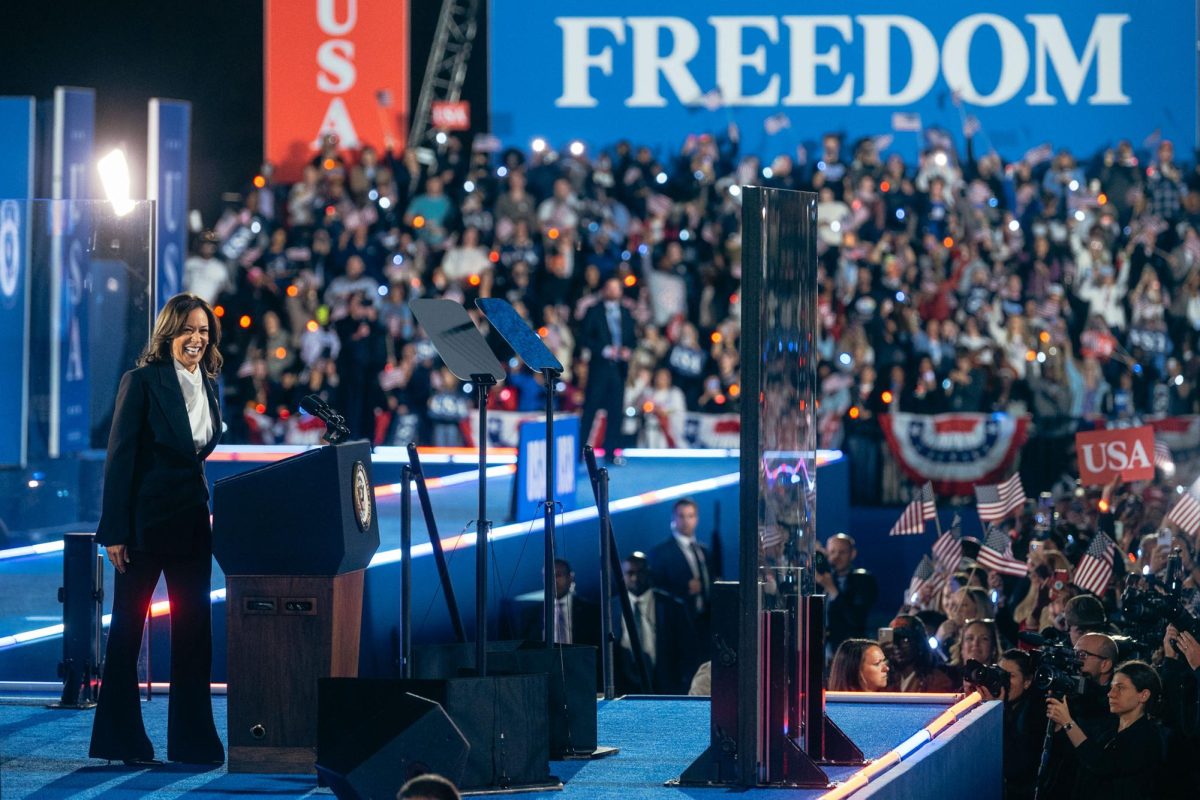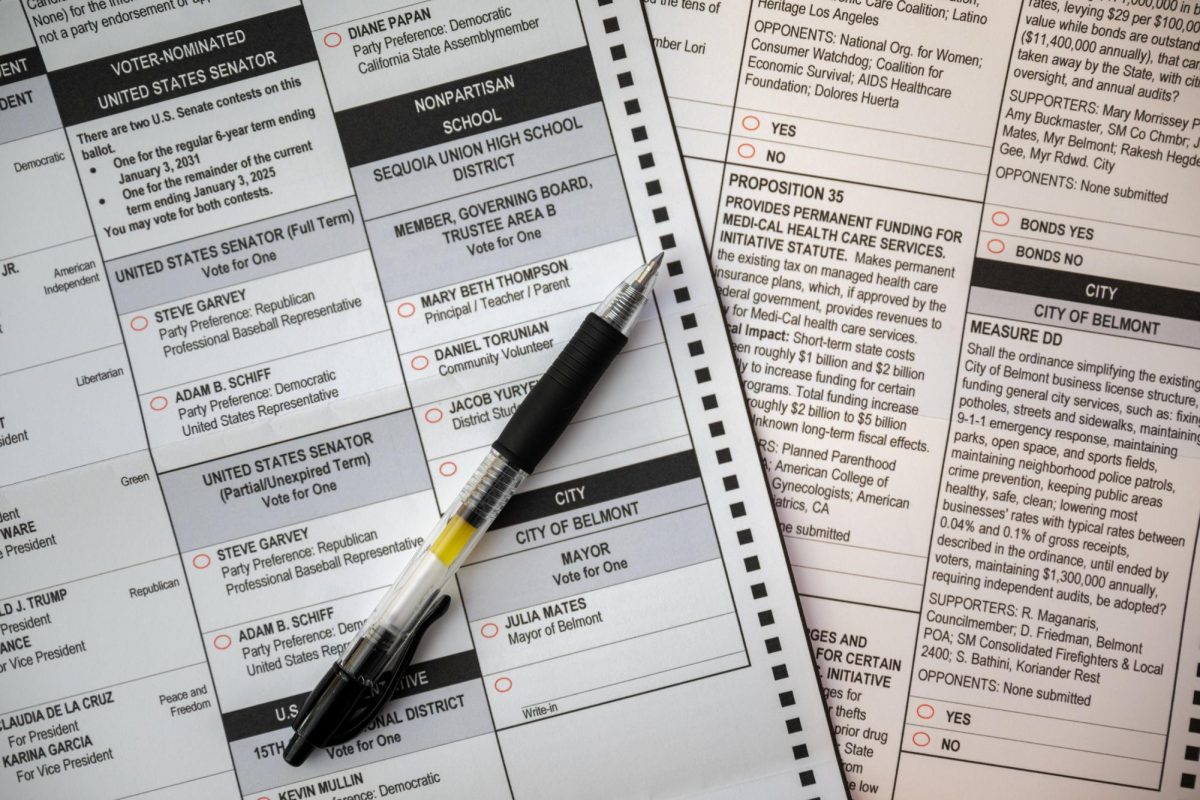The number of applications submitted to GW flatlined for the third year in a row, while some peer institutions recorded double-digit growth in applicant pools.
GW saw a record 21,946 applicants express interest in joining the Class of 2017 – but applications have increased just 2 percent since 2010.
Senior Vice Provost for Academic Affairs and Planning Forrest Maltzman said he was pleased by the strong applicant pool.
“I am not surprised by us having a slight increase,” Maltzman, who oversees admissions, said.
He declined to say why he thought the University did not grow its applicant pool, and instead pointed to a strong application increase in 2010 and modest application growth or decreases at other universities last year.
While GW’s applicant pool increased by less than 1 percent, peer institutions such as Northwestern University, Boston University and New York University reported double-digit increases. Northwestern, BU and NYU’s applications surged 14 percent, 19 percent and 11 percent, respectively, from last year.
The more competitive Northwestern University received 10,000 more applications than GW. Boston University received just 140 percent more applications than GW did, though the school is looking to fill a freshman class about 75 percent larger than GW’s.
Applications to Duke University, Johns Hopkins University and Villanova University reported application increases near one percent, like GW.
Spokesman Colin Riley attributed Boston University’s success to the University’s expanded social media presence and continued outreach abroad. BU’s investments in new, modern facilities and prominent faculty have also paid off, Riley said.
“As students talk about their satisfaction with BU and their decision to enroll,” Riley explained, “they garner more interest in the university.”
BU’s application swell was most visible among its early applicant pool, which rose by 40 percent.
GW received about 2,300 early applications – nearly identical to the number of applicants in 2012. The University admitted nearly 41 percent of this year’s early decision candidates – a nearly four percent increase from last year.
Officials have said they didn’t anticipate a change to GW’s applicant pool after the school was pulled off the U.S. News & World Report rankings last semester due to more than a decade of false reporting.
“This year will be pretty much the same [as last year],” Maltzman said last month. “That’s what other people are reporting around their schools.”
Five weeks after the University confessed to inflating admissions data, Kathryn Napper announced her retirement as dean of admissions. The admissions department will remain leaderless until the University fills the position of enrollment manager – a task the University laid out last April.
Regular decision candidates will receive a thick or thin envelope in the mail in late March or early April. About 90 percent of prospective students applied through the regular decision process.






